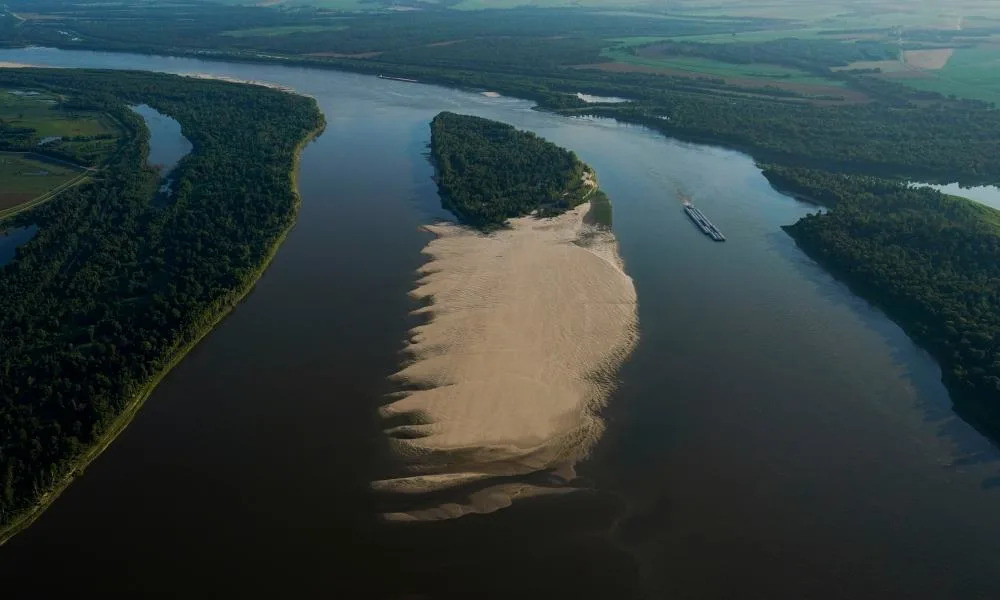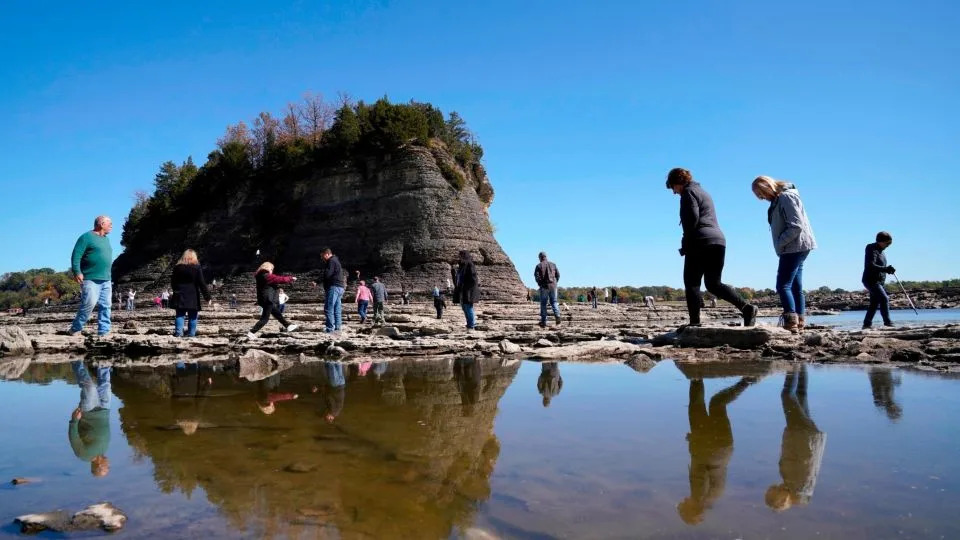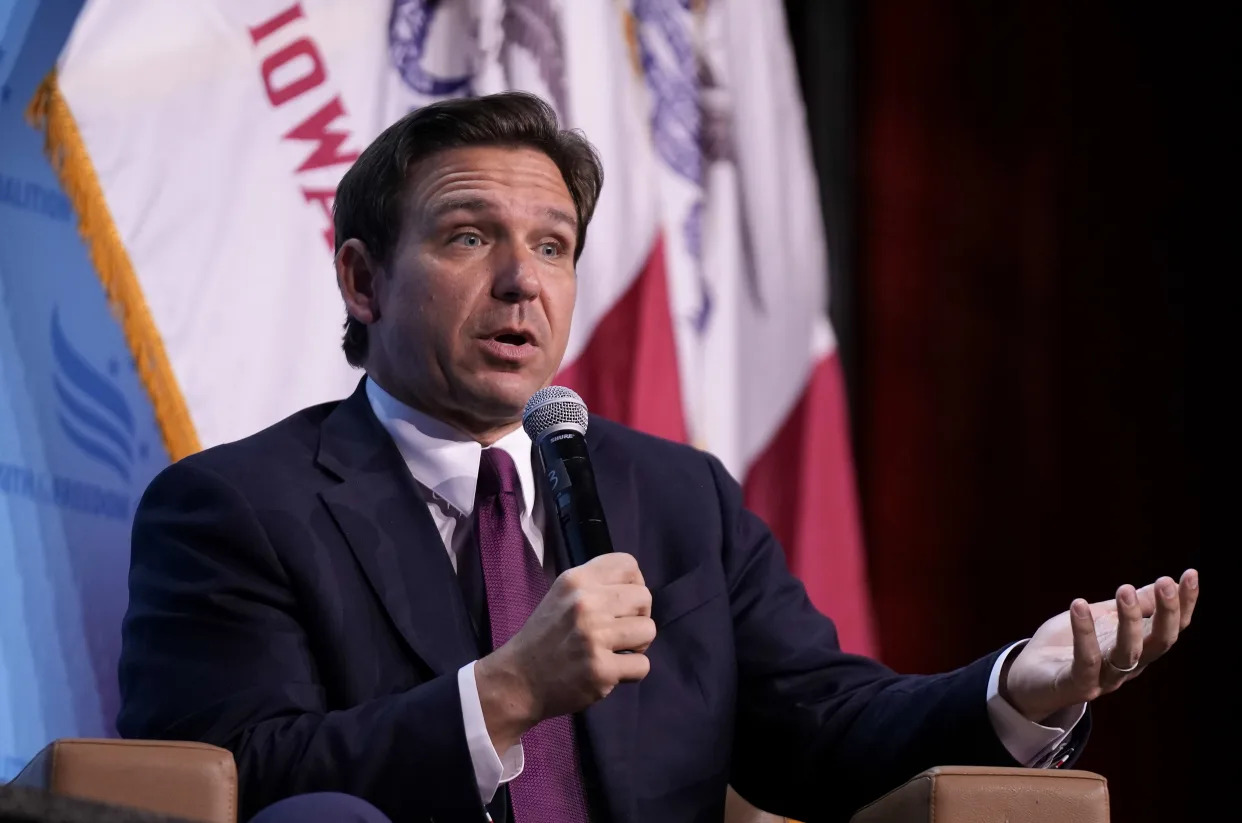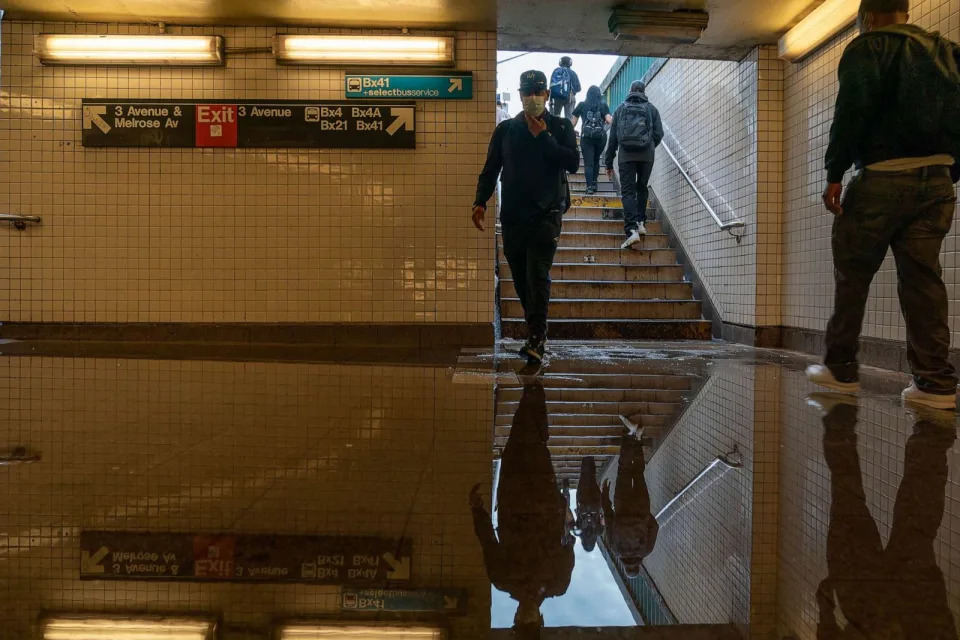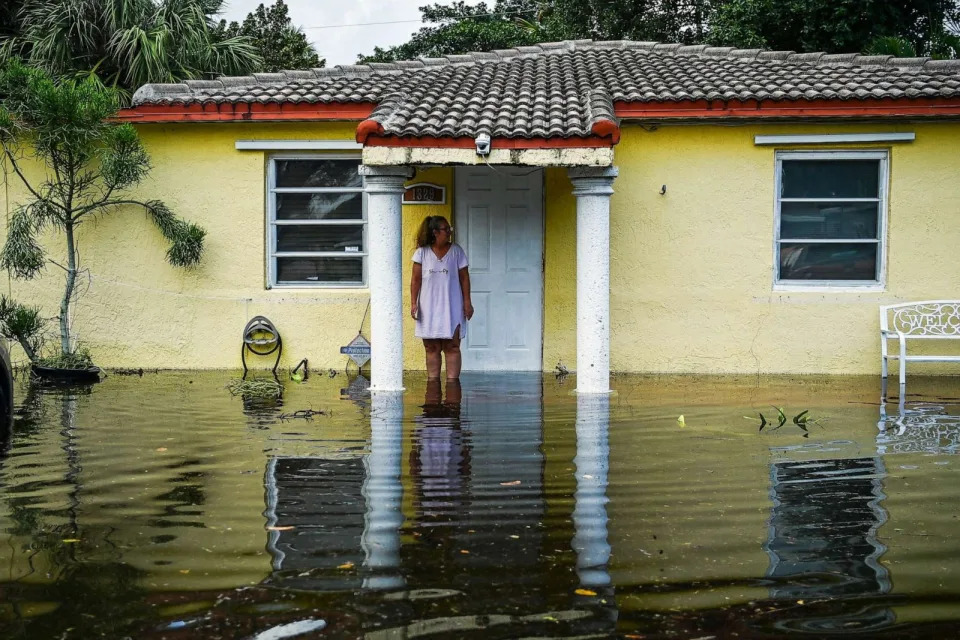Shreveport Times
Saltwater intrusion creates drinking water emergency for southeast Louisiana
Greg LaRose – September 22, 2023

NEW ORLEANS — The historic drought currently baking Louisiana has created an emergency for areas in the southeastern part of the state that depend on the Mississippi River for their drinking water. The flow of saltwater upriver from the Gulf of Mexico is expected to reach New Orleans in exactly a month and has already impacted communities below the city.
Unless rainfall in the upper Mississippi and Ohio River valleys increases dramatically — forecasts say it won’t anytime soon — water systems in Orleans, Jefferson, St. Bernard and Plaquemines parishes could have to depend on an emergency bulk water supply to dilute treated saltwater coming from the river.
The influx of saltwater has the potential to affect the drinking water of nearly 900,000 Louisiana residents, based on the most recent U.S. Census estimates.
“Unfortunately, we just haven’t had the relief from dry conditions that we need,” Gov. John Bel Edwards said Friday at a news conference in New Orleans. State and local leaders, emergency management officials and representatives with the U.S. Army Corps of Engineers joined the governor for an impromptu Unified Command Group meeting in city.
The corps previously constructed a sill, or an underwater levee, rising from the river bottom to 30 feet below the surface to prevent saltwater intrusion from entering drinking water systems. It used the same method last summer in drought conditions that didn’t persist as long as the current dry weather has.
Col. Cullen Jones, commander of the corps’ New Orleans district, said saltwater topped the sill Wednesday. Its height will be increased to 5 feet below the river’s surface over the next three weeks, which Jones said should delay saltwater moving up the river for 10 to 15 days.
The sill will still have a notch 55 feet deep to accommodate river traffic, the colonel said.
Even with a higher sill in the river, Jones provided a timeline for when areas upriver should expect saltwater to reach the intakes of their drinking water systems, starting with Belle Chasse by Oct. 13.
The city of New Orleans and Jefferson Parish have separate drinking water intakes on each side of the river. Saltwater is forecast to reach the Sewerage and Water Board of New Orleans intake in Algiers by Oct. 22, and the east bank intake at its Carrollton treatment plant by Oct. 28.
The corps’ timeline calls for saltwater at Jefferson’s intake in Gretna by Oct. 24, one day later at its west bank intake upriver, and Oct. 29 for its east bank intake.
Jones said the corps has already arranged for barges to carry up to 15 million gallons of freshwater by next week for systems that need to dilute the river water they treat for consumption. Ultimately, demand could reach 36 million gallons of freshwater per day to support drinking water plants from Gretna downriver to Boothville in Plaquemines Parish, Jones said.
The emergency freshwater supply will be taken from the river about 10 miles above the advancing saltwater wedge, according to the corps.
Ricky Boyett, a corps spokesman, said it’s not clear at the moment whether the affected water systems will need all 36 million gallons of emergency water supply. The corps’ barge fleet includes new vessels that will be put into use, but Boyett wasn’t able to say how many might be needed to handle the demand.
About 2,000 residents in lower Plaquemine have been provided bottled water in recent weeks because of the saltwater intrusion. Smaller systems there are using reverse osmosis to remove saltwater from their drinking supply.
As for an emergency water supply for intakes in New Orleans and Jefferson above Gretna, Jones said local water systems are pursuing different options. They might include having freshwater piped in from systems upriver, he said.
Rain outlook bleak
Weather forecasts call for a wetter than usual winter, Edwards said, but the short-term outlook precipitation isn’t as promising.
“We do need some rain. We’re not in charge of that,” the governor said, asking residents to pray for relief.
The National Weather Service Climate Prediction Center for September called for lower-than-normal precipitation in the upper Mississippi River basin, where Edwards said rain must fall in significant quantities to increase river flow.
The flow needed for the Mississippi River to hold back saltwater is 300,000 cubic square feet per second (cfs), according to Jones. Its current drought-slowed flow rate is 140,000 cfs.
It would take 10 inches of rain across the entire Mississippi Valley to drastically change the situation downriver, Jones said.
Governor: No need for panic water buying
Edwards urged residents not to rush out and “panic buy” bottled water, adding that a similar recommendation he gave at the start of the COVID-19 pandemic led to toilet paper shortages.
“The more they were told (not to hoard it), the more they said, “I better go get some toilet paper,” the governor said.
A key difference between the saltwater intrusion emergency and the pandemic consumer crunch is that only a small portion of the country is affected by the current situation, the governor said. Retailers will be urged to increase their stock of drinking water, he added.
There are no known impacts to industrial water use from the river, but Edwards spokesperson Eric Holl said local water system officials could potentially ask high-volume customers to cut back their consumption if the saltwater situation worsens.
The most recent experience Louisiana has had with drought conditions impacting drinking water supplies was in 1988, when a saltwater wedge reached the city of Kenner. That emergency lasted just two days, while the current crisis has the potential to last months, Edwards said.
Possible health risks
Dr. Joseph Kanter, the state’s medical officer, said high salinity in the drinking water supply poses a danger to certain patient populations: people with high blood pressure, who are likely to be on low-sodium diets; pregnant people in their third trimester, when they are at higher risk for hypertension; and infants reliant on formula mixed with water.
For these segments and others, there’s little chance they will consume any saltwater because it’s not palatable, Kanter said
“You will stop drinking the water because it doesn’t taste right, well before it becomes a danger to your health,” he said.
Saltwater intrusion into distribution systems could corrode lead and galvanized steel pipes, causing heavy metals to leach into drinking water, Kanter added. Such corrosion is difficult to predict, he said.
New Orleans Mayor LaToya Cantrell, who signed a citywide emergency declaration Friday, said the Sewerage and Water Board of New Orleans will actively monitor its water quality and be transparent with testing results. She acknowledged lead pipes, banned from use in U.S. water systems in 1986, remain in use in New Orleans.
The city, like others around the country, doesn’t have an accurate map of where lead pipes are in use. The Sewerage and Water Board is taking part in a program to identify them ahead of President Joe Biden’s ambitious October 2024 deadline to end all use of lead in drinking water systems.
The Governor’s Office of Homeland Security and Emergency Preparedness has added updates on the saltwater intrusion situation to its website, emergency.la.gov. Cantrell urged New Orleans residents to follow ready.nola.gov, where they can sign up for text message updates.
Kanter said local officials will put out health advisories if salinity levels in the drinking water reach 250 parts per million, a level considered threatening to health.
The Louisiana Illuminator is an independent, nonprofit, nonpartisan news organization driven by its mission to cast light on how decisions are made in Baton Rouge and how they affect the lives of everyday Louisianians, particularly those who are poor or otherwise marginalized.

